★½
“Virgin on the ridiculous.”
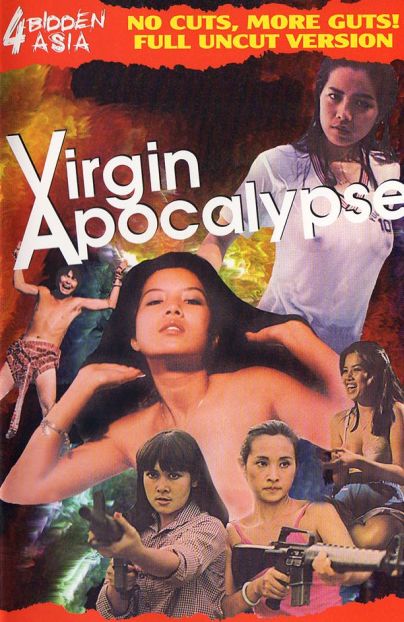 |
 |
The beautifully lurid sleeves above and below probably give you some idea of why this one fell across my TV. They probably also explain the sarcasm dripping from Chris’s lips, during the three minutes she remained in the room. I can’t really argue with her on this one: it’s an entirely incoherent mess, though I have to say, I was entertained somewhat more than the one and a half star rating above would imply. The latter is a reflection of quality, and that I could only recommend this, even in the loosest of terms, to fans of bad movies who are feeling significantly masochistic.
The plot, and I used the term loosely, focuses on a white slavery ring, that seems to specialize in the bulk abduction of models who, in between being rented out to sleazy individuals. are then held in a remote jungle compound, from which there is no escape. We know there is no escape, because they try – quite why the captives don’t wait until the rather more escape-friendly location of their renting-out, is never clear. But, hey, this gives the warden who oversees them the chance to yell a lot, and there is also the opportunity for what may well be the biggest cat-fight in cinema history, so that’s nice. Meanwhile, a detective is also investigating the gang from the other direction – when not pretending to be gay, in a disco sequence which is either extremely tolerant or very homophobic, I’m not sure which.
According to what I’ve read, producer Joseph Lai inherited a film studio which had a lot of abandoned movies in various states of completion, and made his career out of finishing them – usually with little regard for continuity or logic – and marketing the results by focusing heavily on the sizzle. I can’t vouch for the veracity of this, yet it certainly goes a long way towards explaining the results here, which includes a strip version of Play Your Cards Right (Wikipedia advises me that US visitors should read that as Card Sharks). Matters are not helped by English dubbing that seems to have assigned accents at random, and music stolen from other, much better movies – I’m fairly certain Goblin didn’t give Lai permission to use chunks of their score from Suspiria, anyway.
Not that it’s an inappropriate choice, for this does capture a similarly incoherent, dreamlike quality – I suspect less through artistic vision, more a result of scenes that appear completely out of nowhere, bear exactly no relation to anything that has happened, then vanish without any further reference to them or their participants. If Andy Sidaris was Chinese, and entirely out of his gourd on magic mushrooms, this might be the sort of thing which would result. Just do not take that as any kind of recommendation.
Dir: “Pasha” (Shan Pa)
Star: Eva Bisset, Gigi Bovee, Emma Yeung, Hok Nin Lau
a.k.a. Virgin Apocalypse
or Terror in a Woman’s Prison
or, entirely inexplicably, Anger
 |
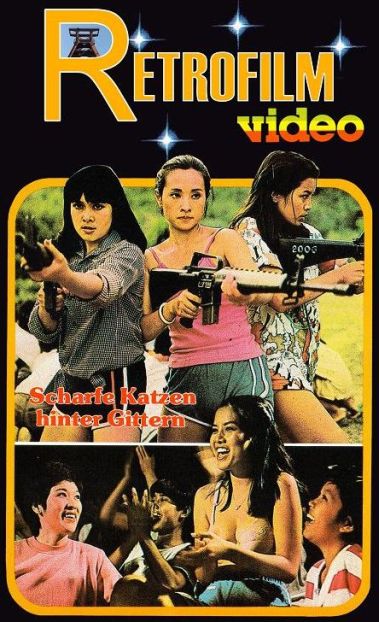 |





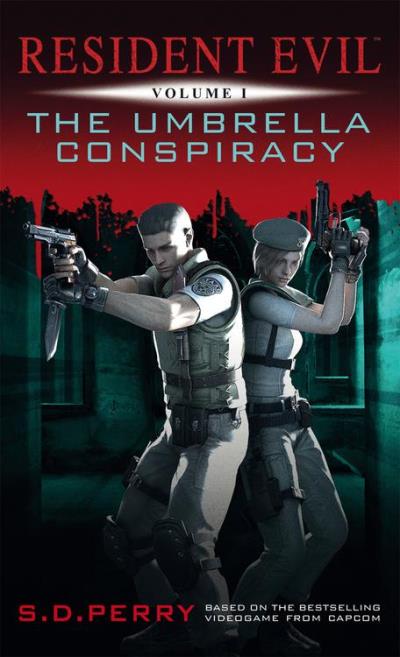
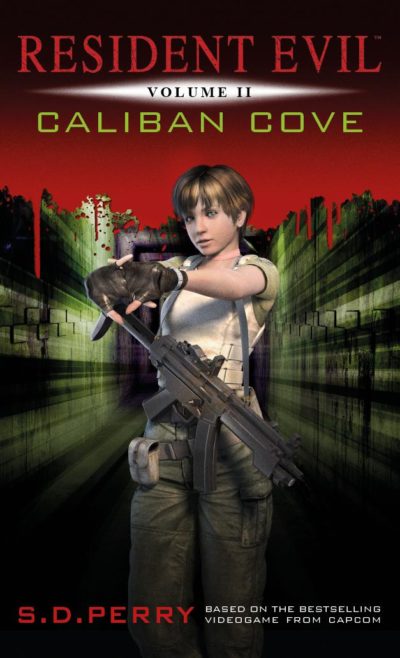
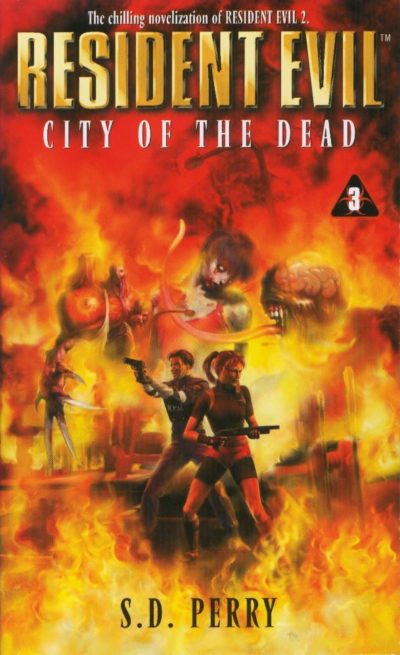

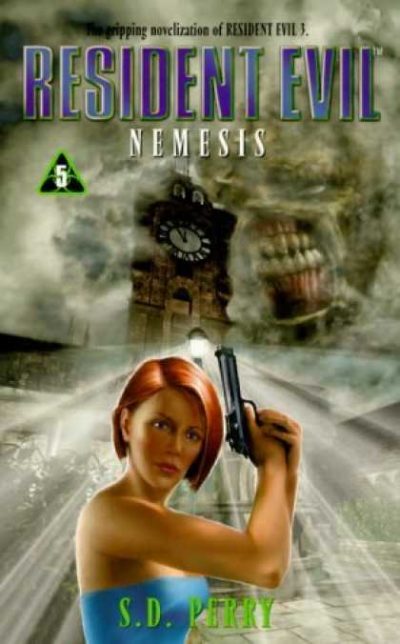
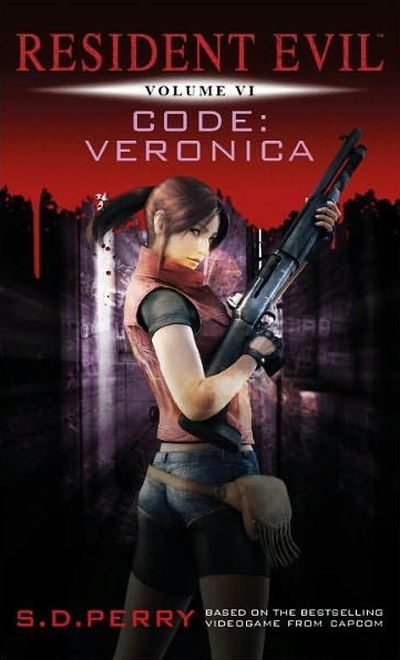
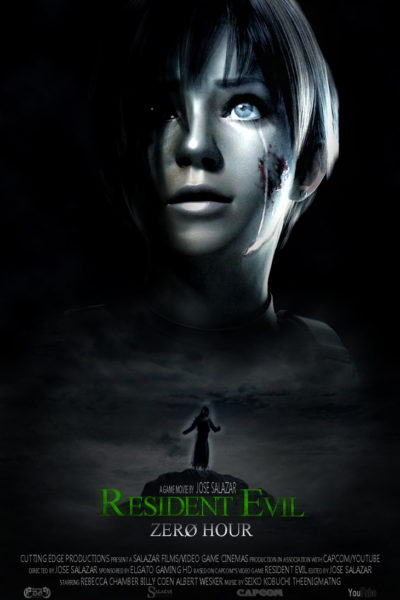
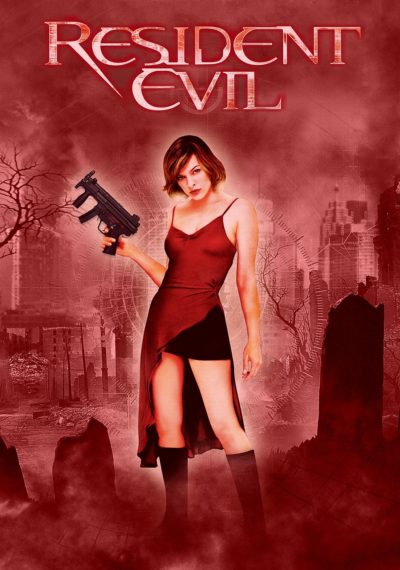 Resident Evil (2002)
Resident Evil (2002)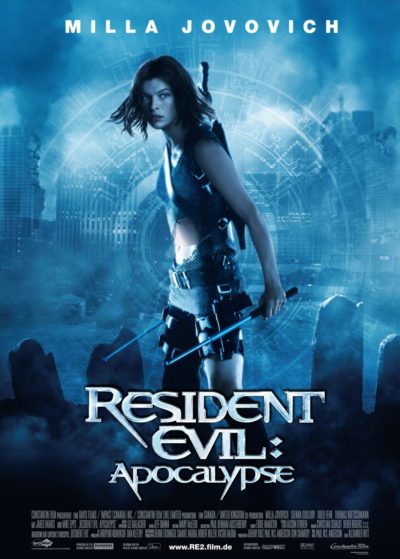 Resident Evil: Apocalypse (2004)
Resident Evil: Apocalypse (2004)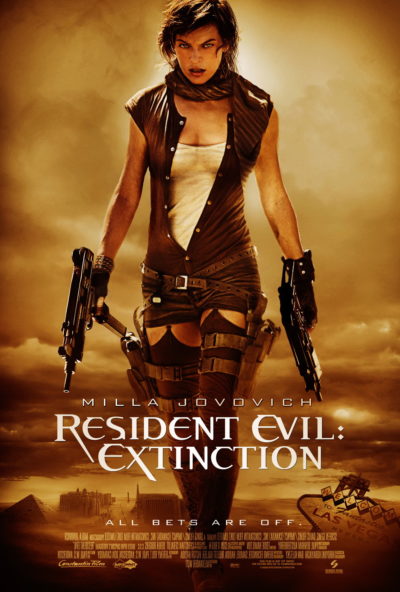 Resident Evil: Extinction (2007)
Resident Evil: Extinction (2007) Resident Evil: Afterlife (2010)
Resident Evil: Afterlife (2010)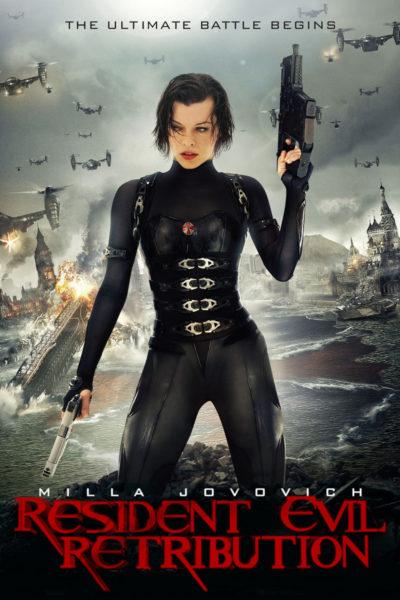 Resident Evil: Retribution (2012)
Resident Evil: Retribution (2012)